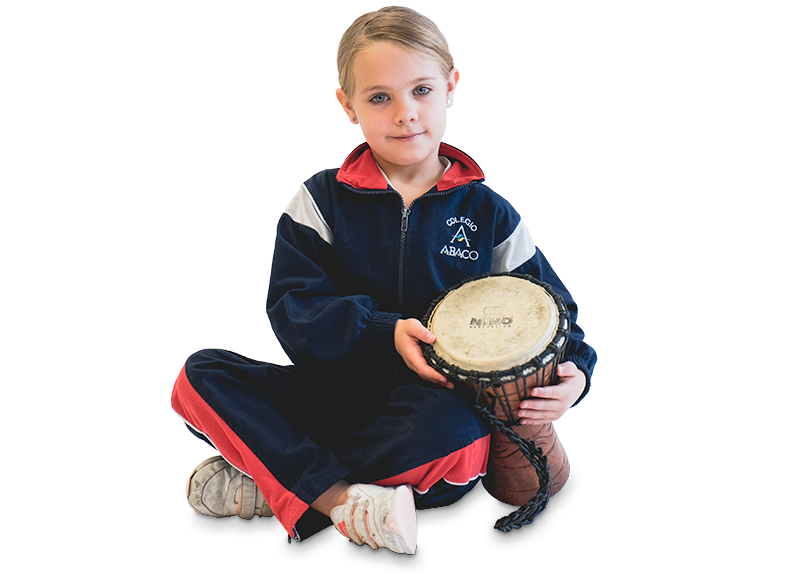Incorporating active methodologies

Methodologies based on recent advances in neuroscience
We prepare students for success in life: we offer a personalized educational experience, in which progress and effort are valued, acknowledging each student’s uniqueness.
- PROJECT BASED LEARNING
- COOPERATIVE LEARNING
- CRITICAL AND CREATIVE THINKING
- EMOTIONAL INTELLIGENCE/MULTIPLE INTELLIGENCES
Active and committed learning through which students will be able to explore real world problems so they can deepen their knowledge on the subjects they are learning.
Working in classrooms with PBL, students have the chance to “learn by doing”. An example of this is history, instead of learning about it out of a textbook, our students themselves become “historians” by creating a documentary about an event that changed their country.
We work with Spencer Kagan’s Cooperative Learning Methodology.
This methodology promotes teamwork by creating trust, which in turn boosts our students’ academic level, as well as improving their basic social skills by improving interpersonal relationships. These structures are quite effective to review what has been learned and to strengthen friendship and understanding among fellow classmates.
Robert Swartz’s Critical and Creative Thinking based Learning, develops thinking strategies and skills by using different logical and organizational structures.
These structures improve abstract and meta-cognitive reasoning. This gives our students guidelines which help them think.
In summary, our methodology seeks to promote each student’s maximum learning potential, keeping in mind each child’s specific needs, motivations and interests, developing not only their potential but also their skills, by harnessing science’s latest findings in psychology, neuroscience and technology.
According to Gardner’s theory, every person has eight types of intelligence.
Visual-spatial, musical-rhythmic, corporal-kinesthetic, verbal-linguistic, logical-mathematical, naturalist, interpersonal and intrapersonal. Each person has two or three of these highly developed and, thanks to practical applications of cooperative learning, we can promote the development all of them in each student.


